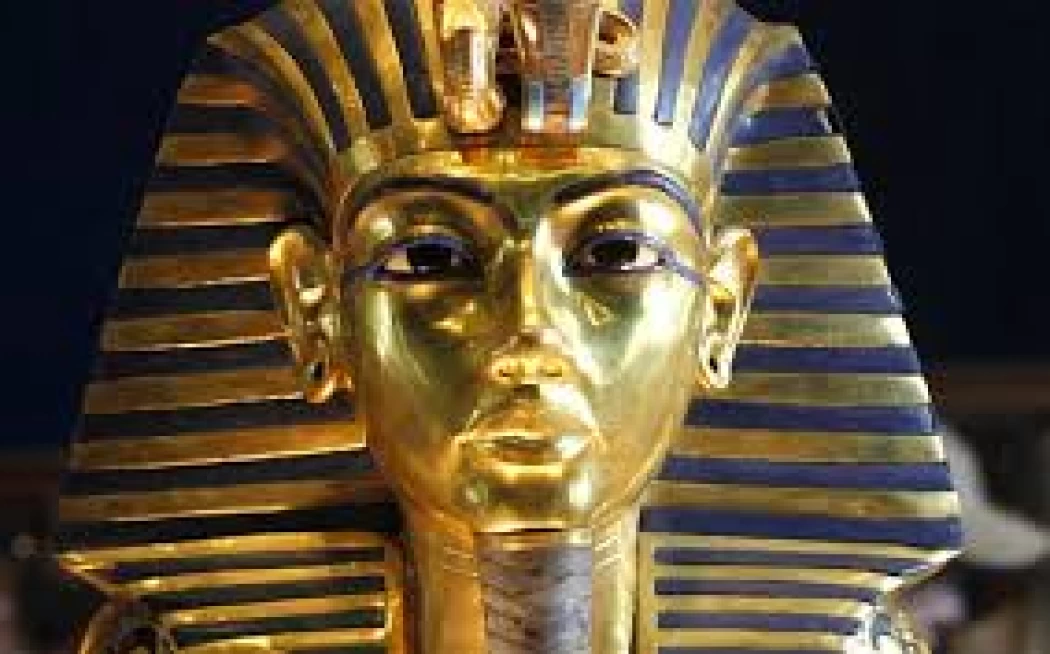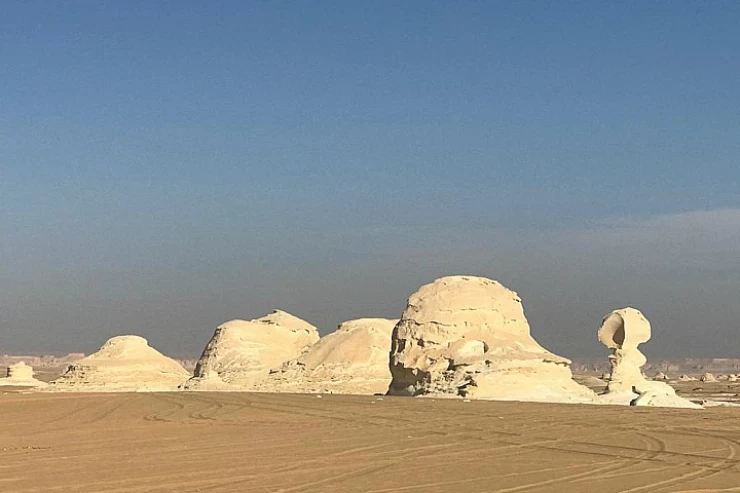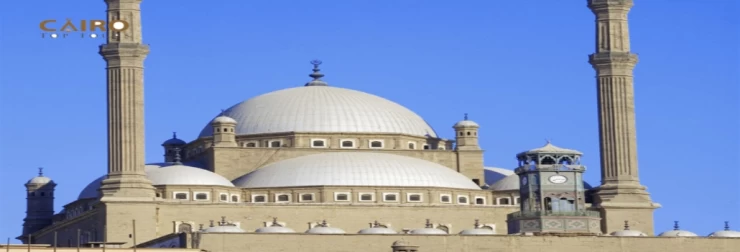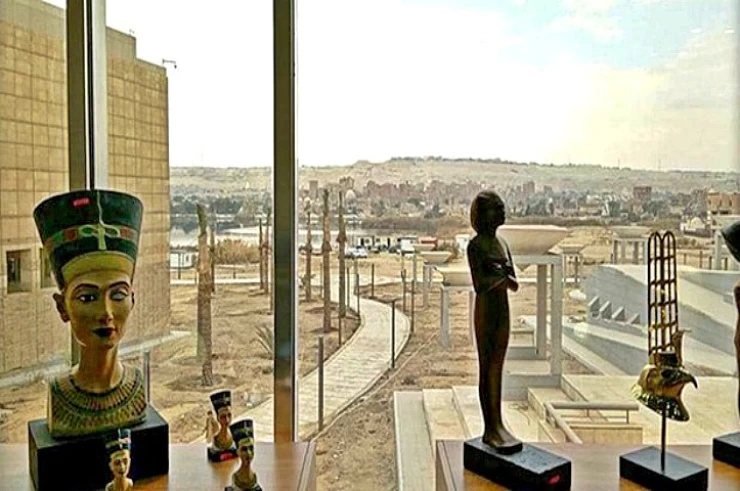
The Golden King of Egypt is Tutankhamen
Tutankhamun: The Boy King and His Enduring Legacy
Early Life and Ascension to the Throne
During the New Kingdom period, Tutankhamun gained kingship among Egyptians as King Tut and served as pharaoh of the 18th dynasty. Tutankhamun took power at about nine years old after the passing of Akhenaten around 1341 BCE, who might have been his father. The ancient name Tutankhaten had a meaning of "Living Image of Aten," which reveals the monotheistic devotion toward the sun disc Aten established under Akhenaten. Tutankhamun reached power after the death of Akhenaten, but he returned Egypt to its traditional polytheistic beliefs by choosing his new name while moving the capital to Thebes and reestablishing the worship of Amun.
Evidence from surviving inscriptions does not establish his lineage since his parents are never mentioned. Tutankhamen can be classified as royal because the missing piece of a Hermopolis inscription shows him bearing the title "king's son." Most Egyptologists agree he belongs to the family line of Akhenaten or his successor Smenkhkare.
Roerigian inscriptions from Tutankhamun's time view him as selected by Amenhotep III, but researchers now deny this because Akhenaten's 17-year reign could not include such an extended co-regency period. Several scholars have proposed Nefertiti or Beketaten, but also Meritaten or Meketaten, as possible mothers of Tutankhamun.
Tutankhamun underwent wet-nursing thanks to Maia, who had her tomb located at Saqqara.
Reign and Achievements
Tutankhamun became pharaoh between eight and nine years of age, following the short reigns of Akhenaten's successors Smenkhkare and Neferneferuaten. It is uncertain whether Smenkhkare's reign outlasted Akhenaten's; the female ruler Neferneferuaten is now thought to have become co-regent shortly before Akhenaten's death and to have reigned for some time after it. On acceding the throne, Tutankhamun took the throne name Nebkheperure. He reigned for about nine years.
During Tutankhamun's reign, the position of vizier was split between Upper and Lower Egypt. The principal vizier for Upper Egypt was Usermontu.
Another figure named Pentju was also vizier, but it is unclear which lands. It is not entirely known if Ay, Tutankhamun's successor, actually held this position, and the gold foil fragment from KV58 seems to imply, though not definitively, that Ay is entitled "Priest of Maat" along with an epithet of "vizier, doer of maat." This latter designation does not correspond to the standard characterization of 'a regular vizier, but might be an informal title, or Ay might have used the title of vizier in some unconventional manner.
Manetho, the Egyptian priest, documented a detailed Egyptian history where he describes three successive monarchs, from 36-year-reigning Orus through his 12-year-rule daughter Acencheres before her brother Rathotis took over for nine years.
Researchers disagree about matching the Amarna rulers with historical kings despite their central role in the list. The authorities consent to match Horemheb with Orus, while Akhenaten bears the name Acencheres, and Tutankhamun corresponds to Rathotis. These names appear with different sequence associations to Smenkhkare, Amenhotep III, and Ay, together with the other pharaohs.
During their ascension to the throne, the pharaoh received divine office titles necessary to unite them with both humanity and divinity. The ancient Egyptian titulary allowed individuals to show their virtues by associating them with earthly matters. Throughout history, the five names emerged, starting with the Horus name as their initial development.
The original name of Tutankhamun, as Tutankhaten, lacks both Nebty and Gold Falcon designations since no complete five-name version has been discovered.
Military campaigns
The worldwide fame of Tutankhamun resulted from the discovery of his exceptionally preserved tomb, even though he held a minimal position as pharaoh during his time. Modern society recognizes his death mask as the defining symbol of Egyptian history. Materials from his tomb travel all over the world, where they attract worldwide attention and ignite fresh interest in Egyptology.
Modern technology has allowed scientists to study both Tutankhamun's mummy and his artifacts during the past few years. Additional insights about his physical condition and family background, along with death determinants, became possible after scientists used DNA analysis and CT scan results. Radar examinations of his burial site indicate concealed spaces, which have sparked theories that Queen Nefertiti may be buried there.
Death and Burial
Historians and archaeologists currently disagree about how Tutankhamun died during his young adulthood. Scientists still argue about the causes of his death during his last years before his passing at around age 18 to 19. Research indicates that Tutankhamun experienced malaria while suffering from a broken leg at the time of his death.
Tutankhamun received his final burial placement in the tomb (KV62) within the Valley of the Kings. The whole laboured reassignment to Tutankhamun seems apparent because his burial chamber showed insufficient space for becoming his final resting place. Many artifacts found in the small tomb showcased his royal position.
Discovery of the Tomb
British archaeologist Howard Carter discovered the well-hidden tomb of Tutankhamun in 1922 after 3,000 years, due to the funding support of Lord Carnarvon. On November 4, the team of Carter discovered staircase steps that led directly to the tomb entrance. Carter stated that he saw "wonderful things" when he first observed the antechamber because the room displayed numerous priceless artifacts. Researchers found more than 5000 objects inside the tomb, which contained the famous gold burial mask and several royal chariots, together with thrones and luxurious jewels.
Archaeologists classified the discovery as groundbreaking because the pharaonic tomb displayed its complete state among all those discovered within the Valley of the Kings. It required about ten years to finish the excavation process with subsequent cataloguing of the tomb artifacts.
The "Curse" of the Pharaoh
After the tomb opening. Sprintfeena Thayer Lord Carnarvon died alongside other members of Carter's team in unexplained circumstances, which sparked people to think of a "curse of the pharaoh." I researched this subject as a mere chance because so many participants in the excavation lived for many years.
Tutankhamun's Legacy
The worldwide fame of Tutankhamun resulted from the discovery of his exceptionally preserved tomb, even though he held a minimal position as pharaoh during his time. Modern society recognizes his death mask as the defining symbol of Egyptian history. Materials from his tomb travel all over the world, where they attract worldwide attention and ignite fresh interest in Egyptology.
Modern technology has allowed scientists to study both Tutankhamun's mummy and his artifacts during the past few years. Additional insights about his physical condition and family background, along with death determinants, became possible after scientists used DNA analysis and CT scan results. Radar examinations of his burial site indicate concealed spaces, which have sparked theories that Queen Nefertiti may be buried there.
The Golden King of Egypt: Thomas: An Egyptian king who succeeded the cults of Amun during the time of his father's rebellion of Akhenaten in 1341 BC-1323 BC. He was the twelfth ruler of the 18th dynasty and is famous because, apart from his golden collection found intact and now exhibited in the Egyptian Museum in Cairo, he has indeed worthily prospered in Egypt by returning back to the traditional religion of the cult of Amun as a king. Egypt has made that visit a traditional part of the Egyptian Museum tour of our various tours from Cairo.
Tutankhamun, born in Amarna in 1341 B.C., is one of the historians' favorite memories set as the 'child pharaoh.' He was the successor of pharaoh Akhenaten and the twelfth ruler of the 18th dynasty of the New Kingdom. His original name, Lasting Image of Aton, referred to the cult of Aton, the solar deity of ancient Egypt. Aton was something adored rather forcefully by pharoah Akhenaten, who commanded us to worship this one god instead of the many deities from ancient Egypt.
After five years of excavation in the Valley of the Kings, Carnarvon was about to abandon the search for the pharaoh's tomb, but Carter convinced him to finance even more excavations.
22 days after the start of this new investment, Carter opened a crack in the access road to the grave. The mummy of the pharaoh, totally wrapped and contained inside the innermost sarcophagus, was covered with jewels and amulets. Tutankhamun's face was covered with a very precious funeral mask, which is now among the funeral collection in the museum.
His mummy was not found amongst those mummies we found in the El-Dier El-Bahari cachette; it was buried in a very small tomb in the Valley of the Kings, not compared to the royal tombs in the valley or famous monuments built by his ancestors in Giza and visited every year by millions during the tour to the Giza Pyramids.
The mummies and tombs of the Egyptian pharaohs are said to be haunted by an old curse that states that anyone who dares to disturb the tranquility of these embalmed mortal remains will suffer from illness, death, or both. Lord Carnarvon was discovered dead not long after the tomb's discovery.
According to scholars, the young king Tutankhamun died at the tender age of eighteen, and speculation over the cause of his death has raged on for centuries. Several hypotheses range from death caused by some severe infection due to a fracture on his leg, malaria, to even genetic abnormalities because of incest within the royal family. Although modern science by way of CT scans and DNA analyses has brought some evidence to these theories, the exact conditions surrounding his death are still shrouded in mystery.


















